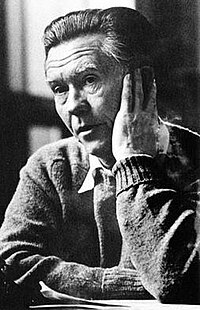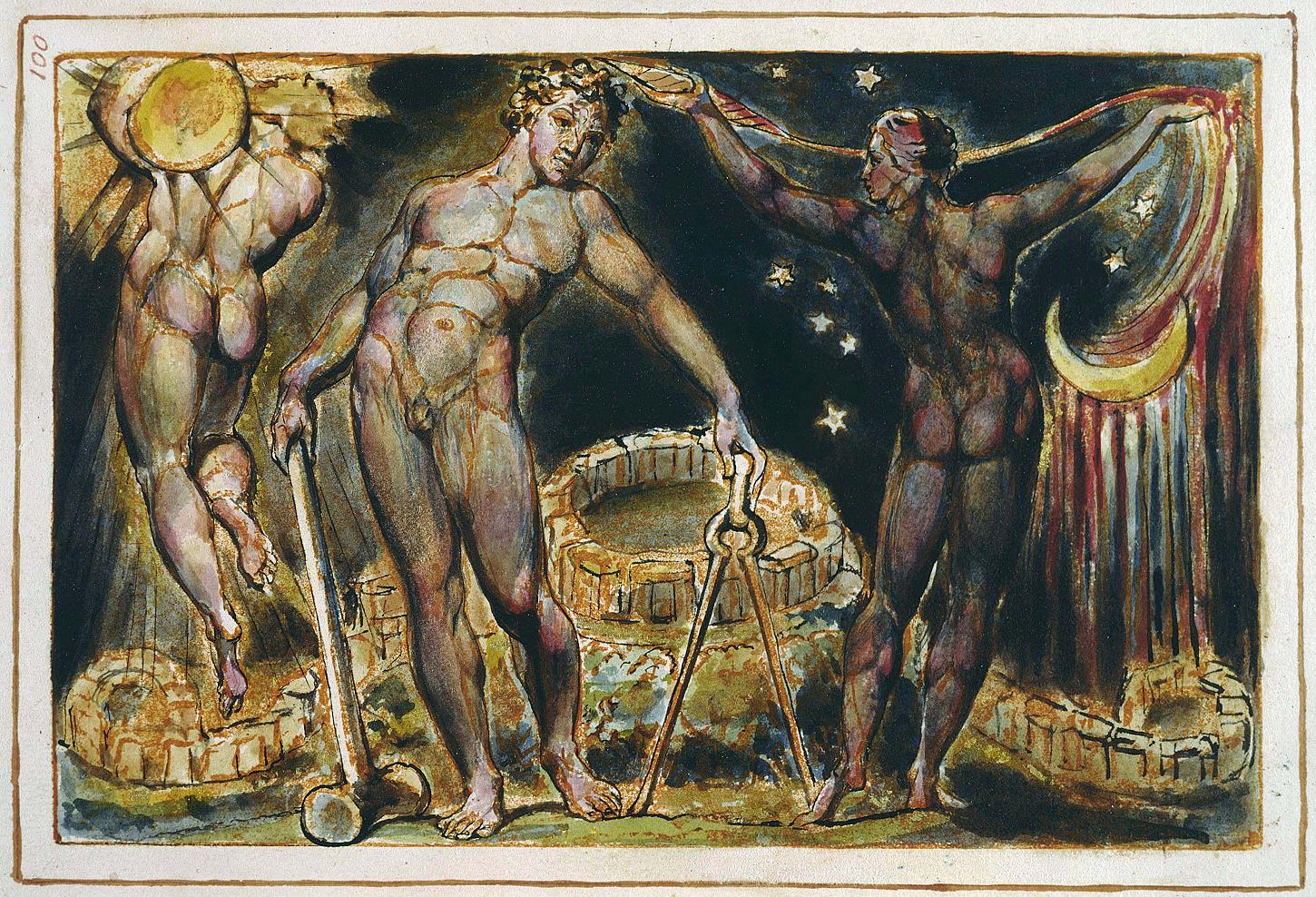What the river says, that is what I say.
What the river says, that is what I say.
I will listen to what you say.
You and I can turn and look
at the silent river and wait. - See more at: http://shenandoahliterary.org/blog/2012/01/ask-me-by-william-stafford/#sthash.Lr3xrybo.dpuf
You and I can turn and look
at the silent river and wait. - See more at: http://shenandoahliterary.org/blog/2012/01/ask-me-by-william-stafford/#sthash.Lr3xrybo.dpuf
Those of us who make up poems have agreed not to say what the pain is. --- Robert Bly
What the river says, that is what I say --- William StaffordIt was just past eight this morning when I drove away from the Best Western Wilsonville Inn & Suites. A few blocks down Boones Ferry Road, at the busy stop light by Fred Meyer, I turned left onto Wilsonville Road and passed quickly under the mighty stream of I-5, emerging on the other side of the underpass by the 76 station that towers above the freeway.
There, in what may be called Wilsonville's downtown, one encounters several pleasant modern strip malls, including one with a Starbucks. Going eastward, the road meanders through a newer landscaped residential area, past the city park (the one with the walnut barn), and makes a big sweeping arc to the north to reach the intersection of Boeckman Road on the outskirts of town. From there the landscape becomes quickly rural.
From that point north the road is named Stafford Road. On Monday I'd asked Kim the question he must hear so often, "Is it named after your father?" It was appropriate to ask, since his father was the subject of the course I was now taking in the Heritage Room at the Lewis and Clark library.
 |
| Kim Stafford (b. 1949) |
Today there is no real town of Stafford, Oregon, just sparse housing developments and farm fields, and the occasional picturesque moss-covered barn left to rot in the trees beside the road, a reminder of an earlier eraa. Wikipedia says it was named by a prominent Portland pioneer for his hometown in Ohio.
As I drove northward this morning on the road not named for William Stafford, along the open fields and clumps of lush forest north of Wilsonville, I felt overwhelmingly lighthearted----full of the organic whole milk of human kindness, as one might say.
In my mind I hurled grateful wishes for copious amounts of peace and goodwill out the window, directed to all the people living and working in the farmsteads, berry stands, churches and housing developments along my route.
North of I-5 in Wilsonville, Stafford Road was free-flowing almost the whole way on my commute, including where it crossed the bridge over I-205, which was crowded below in the typical Portland way. As the Bimmer zipped over the bridge, I felt as if I were being borne by an angel soaring over the tortured souls of Purgatory.
The road then sweeps smoothly up into the hills on the other side of the Tualatin River for a couple miles. When I got to the outskirts of Lake Oswego, things jammed up a bit all at once. It was stop-and-go, creeping through stop lights, until to the north side of downtown Lake O. Portland has suburban rush hour traffic jams.
Along the way through downtown I passed the Starbucks where less than two weeks ago I'd first seen that flier for the Fishtrap summer session.
The idea of taking the course on Stafford starting this week at Lewis & Clark had been Kim's suggestion at Fishtrap. It was Sunday morning, right before the very last panel discussion before the conference adjourned for the summer. Kim saw me sitting on the edge of the last row of chairs by the kitchen. When I got up to refill my coffee cup, he handed me a note with his email address and then said, "Why don't you take my class next week on William Stafford?"
 |
| William Stafford (1914-1993) |
I realized immediately that the schedule for Kim's course meant I'd have to rearrange my day job duties for the week. We were right near the end of a "sprint," as we call it in the software business. But that kind of shuffling was simple enough, given the freedom of time that I have with my job. So long as I get things done, as they say---and I always do.
Scott Russell Sanders spoke in the discussion panel that followed, extending his discussion of the role of beauty in evolution from the previous evening's dinner. Among other interesting things he said, he decried the prevalence of irony in contemporary fiction.
Since I knew I'd have to get a jump on work, towards the end of the panel discussion, I crept out of the lodge, whispering "see you later" to Kim as I passed him in the aisle. Maybe I could have stayed until the very end of the morning's activities, and said good-byes to all the wonderful people I'd met there. Part of me very much wanted to do that, but I knew it would be better if I got back to Portland before dinner. It would eliminate any temptation to change my mind about taking the course.
Besides, once I decide to do take action about something, I build up steam pretty quickly and need to get something rolling. It's hard for me to stay in my seat in that kind of situation.
The six-hour drive down the gorge on Sunday afternoon passed smoothly, despite the heat. It was a dry heat for the first half, then humid heat once I got into the lower gorge below The Dalles.
On Monday morning I woke up and left Laurelhurst in plenty of time to make the beginning of class, even stopping for coffee on the way. But the commute from East Portland down to campus on I-5 was simply unacceptable as a stress-filled traffic experience. Before I even got there, I decided that I needed to relocate nearer to campus for a couple days, to make it easier on me.
Looking over the available hotels nearby the Lewis & Clark campus, I realized it was finally time to cave in and book a room in Wilsonville, a town on the very south edge of the Portland metro area where I-5 crosses over the Willamette River and enters the flat farmlands of the Valley proper. It's a modern exurb of nice houses, apartment complexes, and recently-built businesses located near several major tech-oriented employers---a nice community.
Ironically I'd been avoiding Wilsonville on this trip. As far as this part of the Portland metropolitan area goes, Wilsonville is the epicenter of sure-fire budget motel rooms. It had been my base the last time I was in Portland. This time I'd wanted to seek out other lodging pastures for as long as possible.
But now, after having explored the other corners around the edge of Portland, I found myself being led by the Google hotel tool to my former haunts.
And as Bill Stafford liked to say, you should follow the "Golden Thread," wherever it leads. Just don't pull on it too hard. Those who try to master it in that way inevitably break the thread. Pull on it gently, he said. It will lead you to "Jerusalem."
 |
| Plate 100 from Blake's Jersualem (1820) depicting Los and Enitharmon |
And as a commute, the route along Stafford Road was much better than the route on I-5 that I'd taken on Monday.
It must be noted that Stafford's use of the Golden Thread metaphor here is actually taken directly from a passage in William Blake's Jerusalem. Stafford could recite these lines from memory, as he would do for his friend Robert Bly, who was a great admirer of Blake.
Ask me how I know this. Go ahead, ask me...
No comments:
Post a Comment